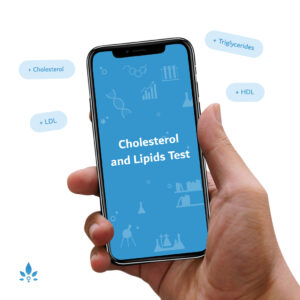8 Most Common Food Allergens


One in every 13 American kids (about 6 million) has a food allergy. Put those kids together in one state, and it would be the 19th largest state in the country.
When Congress passed the Food Allergen Labeling and Consumer Protection Act of 2004 (FALCPA) to raise allergy awareness and protect children, it identified the eight most common food allergens. These culprits account for about 90 percent of all food-allergic reactions. If your toddler has a food allergy, it’s probably listed here.
1. Milk — Cow’s milk is usually the cause, but sheep’s and goat’s milk can also cause reactions. Some kids who are allergic to cow’s milk are also allergic to soy milk. The best treatment for a milk allergy is to avoid it completely. Young children often — but not always — outgrow their milk allergy by the age of 3.
2. Eggs — This is one of the most common allergies, and it is the egg white that produces the allergy. Symptoms usually start within a few minutes or a few hours of eating eggs or foods containing eggs.
3. Peanuts — If your toddler shows even a minor reaction to peanuts, it’s important to tell your pediatrician. Even mild reactions can become serious with future exposure. Peanuts account for a significant proportion of severe allergic reactions.
4. Tree nuts (ex: walnuts, pecans, almonds) — Tree nut reactions can also be severe. The best form of treatment is complete avoidance. Be sure to read food labels, and take note of labeling that says “Manufactured in a plant where tree nuts are also present” in order to avoid cross-contamination.
5. Soybeans — Found in foods like meat, baked goods, and cereals, soybeans, and soy are common causes of allergies. Many times, reactions to soy start with soy-based infant formula. Reading food labels is key when a child has a soy allergy.
6. Wheat — Did you know wheat can be found in ketchup? And lots of other foods too, like cereal, bread, crackers, and soy sauce. Wheat allergies should not be confused with celiac disease, where the gluten protein found in wheat causes an immune system reaction in the small intestine.
7. Crustacean shellfish (ex: crab, lobster, shrimp) — Shellfish reactions can be as minor as hives and itching or severe enough to be life-threatening. If you’re not sure if your toddler is allergic to shellfish, avoid it completely until you can discuss your concerns with your doctor.
8. Fish (ex: flounder, cod, bass) — Fish allergies are not the same as shellfish allergies. Kids who are allergic to fish may have reactions to some types of fish, but not to others. Some reactions can also occur simply from touching fish. Avoidance is your safest bet.
Some toddlers outgrow their food allergies. But if you have questions, talk to your pediatrician. Reading food labels and having an allergy action plan in case of accidental exposure is of paramount importance.
Sources:
- U.S
- Food and Drug Administration
- Allergies.
Kids With Food Allergies - Food Allergens.
Food Allergy Research and Education - Food Allergies.
American Academy of Allergy Asthma & Immunology - Find an Allergist.
Powered by Bundoo®











































